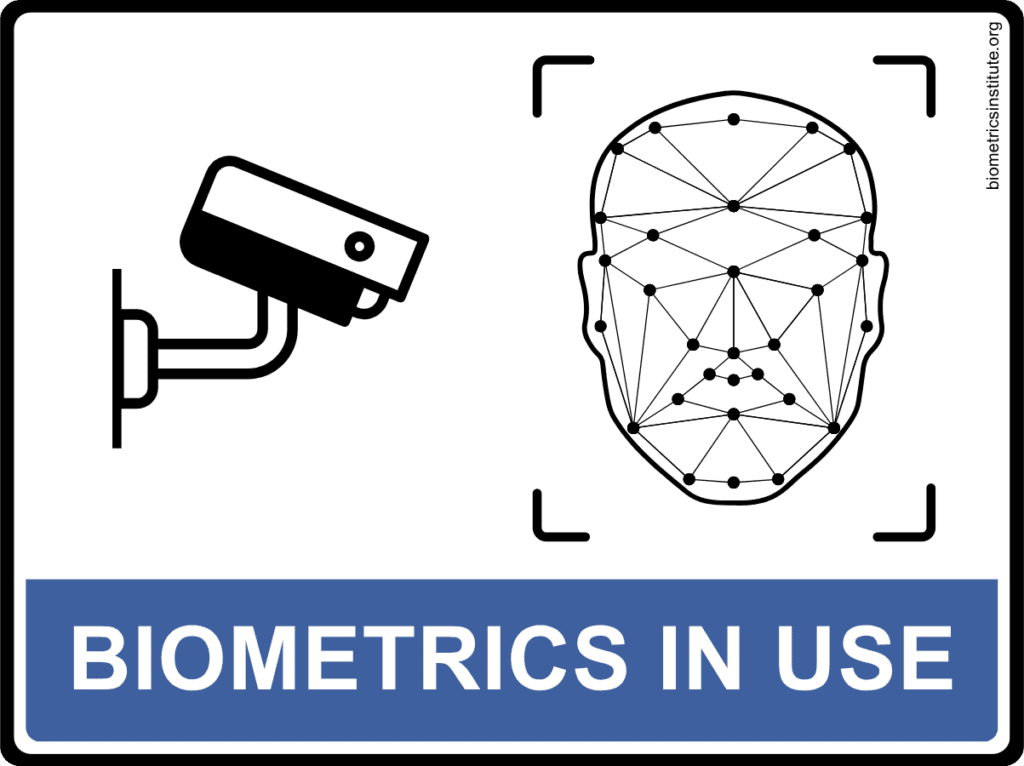
Charting a course for responsible facial recognition technology deployment
The conversation around facial recognition technology (FRT) in publicly accessible places is as dynamic as the technology itself. At the Biometrics Institute, we’ve been at the forefront of this discussion for many years, engaging our global membership to explore the complexities and ensure responsible implementation. In 2021, we asked should we ban facial recognition? As the use of FRT and live facial recognition (LFR) becomes more widespread, the Biometrics Institute invited its members to share their perspectives. These responses were compiled into a members’ viewpoint paper and the insights were recently presented to the Office of the Australian Information Commissioner (OAIC) during a workshop in July. This followed shortly after the OAIC introduced its own FRT guidance, which it stated outlines only “general considerations” for private sector organisations.
Today, we are pleased to announce the release of this paper, Members’ Viewpoints: The Use of Facial Recognition in Publicly Accessible Places, which offers crucial insights from our diverse community.
Key considerations from the Institute’s members
This new viewpoint paper compiles the collective wisdom of our members, highlighting several critical areas that demand attention:
Addressing the digital double standard for face capture
Our members consistently point to a perceived paradox in how FRT is viewed. As one member articulates, “We live in a world where recording someone’s face digitally in public spaces is not only acceptable but ubiquitous.” Yet, the moment this same process is suggested for real-time security purposes, consent is often demanded. This raises questions about the perceived difference between a readily reversible digital photograph and a near impossible to reverse-engineer biometric template, questioning why the latter is often seen as more invasive.
The puzzling paradox of human versus machine
Another perplexing aspect highlighted is the double standard applied to human versus automated facial recognition. “A security guard can scan faces against a mental database of known troublemakers… without anyone questioning the need for consent.” However, when a machine performs the same task, often with superior accuracy and without human bias or fatigue, explicit consent is suddenly required. This suggests a societal comfort with human judgment, even if less precise, over more accurate machine capabilities.
Beyond surveillance FRT as a force for good
It’s essential to recognise that FRT is not solely a surveillance tool. As one of our members states, it is “increasingly being used within compliance and safety-enhancing technologies.” For instance, the technology can be deployed to “enforce consent, reduce human error, and protect vulnerable individuals, especially children.” This perspective underscores that the “ethical application of FRT can be a force for good—not just a risk.”
“A spade is a tool. It can be used to plant a tree, or it can be used to cause harm. What matters is not the tool itself, but how it is used, and for what purpose.” Isabelle Moeller, CEO, Biometrics Institute
Safeguarding watchlists
The paper also explores the significant concerns surrounding the governance, maintenance, and sharing of watchlists used in facial identification systems, especially in commercial or semi-public environments. Members highlight the “little public transparency around how individuals are added to or removed from watchlists” and the “serious privacy and accountability concerns” when these lists are shared across entities. There’s a clear call for “independent oversight and clear governance structures—defining responsibilities, access controls, audit mechanisms, and rights of affected individuals” amongst members.
Towards proactive and transparent governance
To address these multifaceted challenges, members call for a proactive governance model. Operations must be fully transparent and developed in accordance with the Institute’s Three Laws of Biometrics – prioritising policy, followed by process, and only once those are in place, the technology. This is further supported by our Good Practice Framework (GPF), a robust risk management tool designed to aid in the decision-making process when implementing biometrics.
Standardised signage
Recognising the complexities of managing consent in publicly accessible spaces, the Biometrics Institute has proposed standardised signage for the use of FRT. This initiative aims to provide clear and unambiguous notice to the public through agreed-upon iconography and text, ensuring that individuals are aware when biometric systems are in use.
“While this signage won’t solve every complexity surrounding consent and notice in public spaces, it’s an important first step in the right direction.” Darren Bark, Deputy Chairman, Biometrics Institute.

After considering various alternatives, Biometrics Institute members selected this signage as their preferred choice.
You can also explore our Members’ Viewpoints: The Use of Facial Recognition in Policing paper for further insights into related applications of FRT.
The Biometrics Institute’s ongoing dialogue with stakeholders and its member network ensures the responsible, ethical, and effective use of biometrics. We encourage you to join the Institute and the important conversations at our upcoming events and meetings. Engage with a community committed to shaping the future of biometrics responsibly and help educate and debunk myths surrounding this technology.
The Biometrics Institute’s ongoing dialogue with stakeholders and its member network ensures the responsible, ethical, and effective use of biometrics. We encourage you to join the Institute and the important conversations at our upcoming events and meetings. Engage with a community committed to shaping the future of biometrics responsibly and help educate and debunk myths surrounding this technology.




